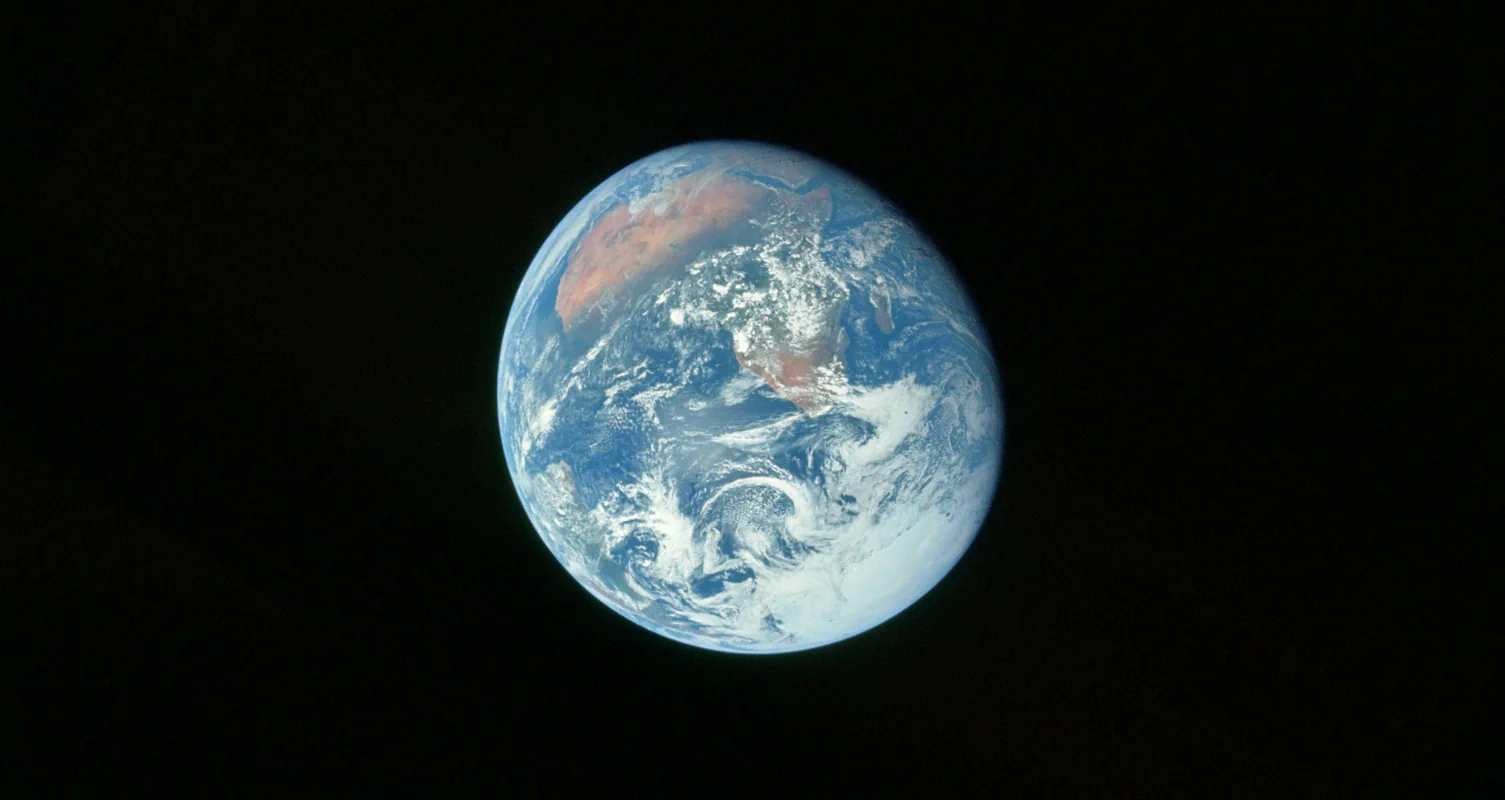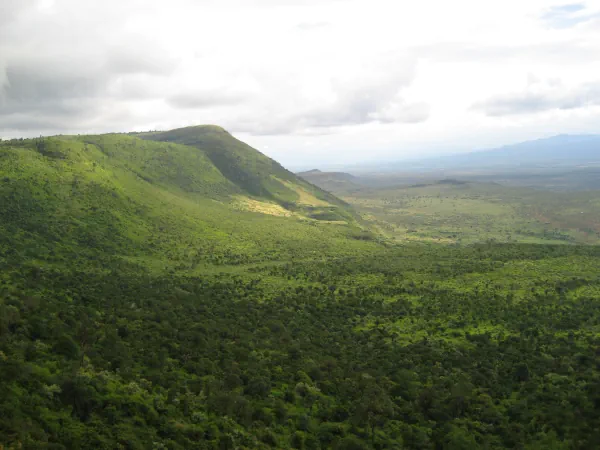Earth

Ɛt, 地球, Mother Earth, the Pale Blue Dirt
2558 CE Earth is the third planet from the sun and the original homeworld of humankind. For billions of years, it was the only place in the universe known to harbour any kind of life; even now, it is the only one of our ten planets where intelligent life sprung up by natural means.
Some 35 billion people are embodied1 on Earth, which continues to be the cultural and religious capital of the solar system. Around six thousand tongues are estimated to be spoken across its surface, and the vast majority of religious texts and traditions can trace their way back to the “pale blue dirt”.
“Mother Earth” is the only place in the solar system with a natural coating of liquid water, a naturally breathable atmosphere, and a natural abundance of verdant vegetation — and the only reason for all those qualifications is that Mars spent trillions of drachmæ to make itself more like Earth.
Earth is orbited by one moon — Selene, known to Earthlings as simply “the Moon” — and a constellation of habitats and satellites called the Astrapelago.
Geology
Earth is an idyllic rocky planet, nestled in the inner solar system’s “Goldilocks belt”2 between Venus and Mars. Around two thirds of its surface is covered in a great saltwater ocean, while the land that remains ranges from barren deserts to damp woods and freezing tundras. Its northern and southern poles are blanketed by thickets of ice and snow, albethey thinner than they were prior to the industrial revolution.

The surface of Earth may strike viewers from other planets as being remarkably smooth, with gently sloping mountains and a distinct lack of craters. The reason lies underneath the surface, where a searing, seething sea of lava roils and shifts the cracked continents above into shape, quietly slipping any comet-borne pock-marks underneath the crust.
Even further beneath lies the planet’s stout metal core, a kiln of viscous iron and nickel radiating the powerful natural magnetic field that shields the life above from the electric solar wind.
All of this is topped by the atmosphere, an amicable mix of nitrogen and oxygen that holds the surface down, keeps it warm, and filters the sun’s light to what we still call ”sky blue”. All these things add up to a perfect environment for organic life to flourish — and so it did.
Geography
Traditionally Earth’s inhabitants have divided it into seven continents and five oceans. This is the sort of sentence that should have many, many, asterisks after every word, but it’s been a good enough system for the past several millennia, so there’s no point in letting it go to waste.
Civilisation got its start in Africa, an equatorial hothouse which spent much of the second millennium lagging behind its contemporaries in wealth and power. Politically, modern Africa is dominated by the Kurufaba, an allegiance of overlapping city-states sharing a common currency and institutions which covers the area from the Gulf of Guinea up to the south of the great Sahara desert, where an army of gardening drones and aqueducts work to spring up ever more oases for the continent’s fast-growing population. Across the Sahara and to the east is the Nilotic Federation, its inhabitants housed in megacities clinging on to dear life along the land’s namesake river; south from there lies Eastafrica, a historic rocket superpower which prides itself in being humanity’s birthplace and, not to be too smug (they absolutely mean to be too smug), its finest cultural hotspot.
By far the greatest landmass in both land and population is twelve-billion-strong Asia, so large that a single-sentence summary would make a mockery of its diversity. From the west to the east — the confusingly named Middle East, the holiest place in the universe to billions across the solar system, had a tumultuous twenty-first century; its once booming oil industry crushed under the weight of war and promise of fusion power, it has reinvented itself as a place of pilgrimage and paradise, where tourists from all around come to honour the past and live it up in the present. Giving the Middle East a run for its money is India3, where faiths rise and empires fall. The predominant powers here are the Indic Union, a polite confederation that will occasionally spit out an absolutely insane feat of geoengineering — yes, half of Bengal used to be oceanic saltwater; no, the tigers don’t care — and Dravidia, which has been living it up as the premier launchpad for the eastern hemisphere for half a millennium.
Then to the north, over the mountains of Tibet and the deserts of Altishahr, we come to the Federal Republic of China, history’s first great empire [To be continued…]
Skittering all the way back to the west, just past the end of the Sahara and fanning of the Nile, we have Europe [To be continued…]
History
Under construction…
Society
Under construction…
Culture
Under construction…
Interplanetary relations
Under construction…
Leave a comment